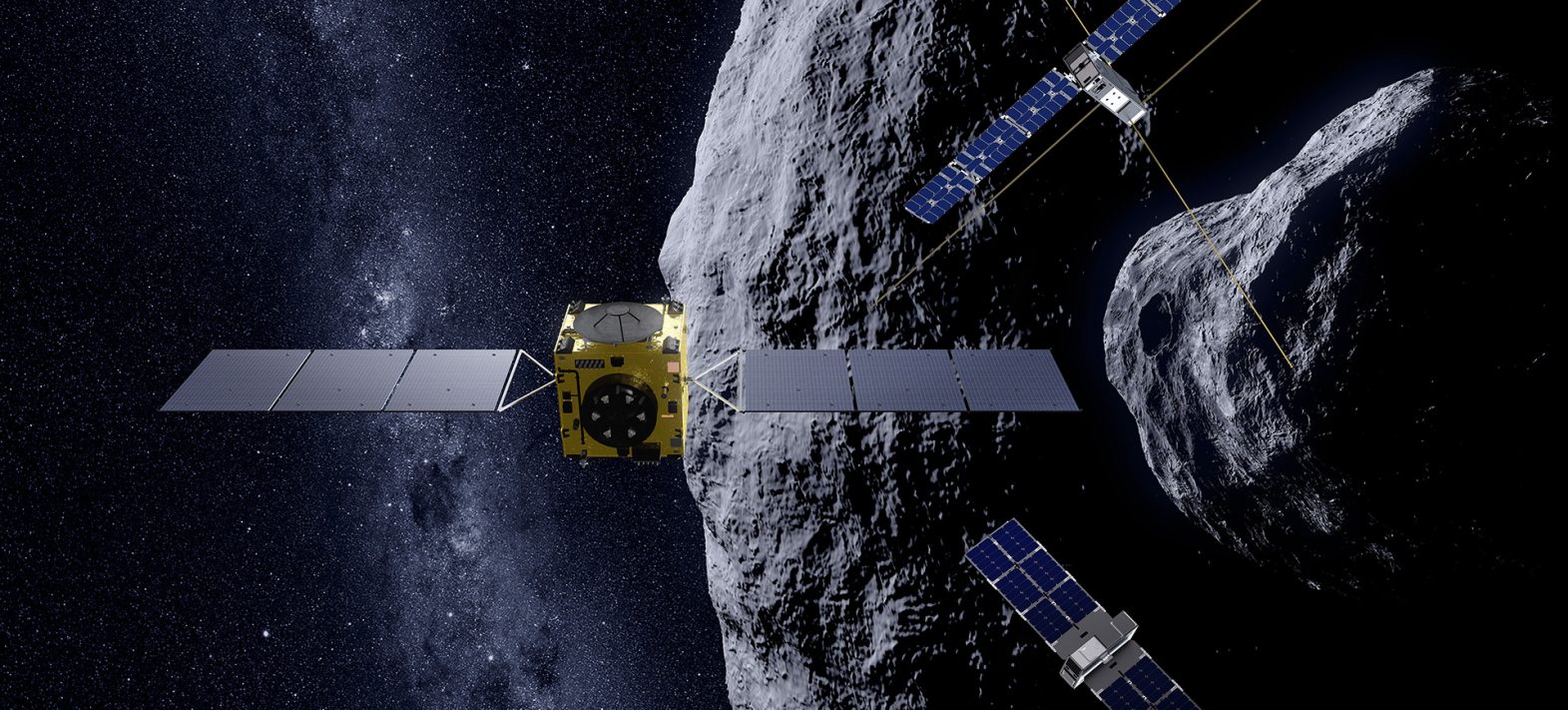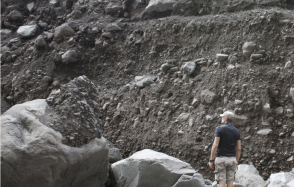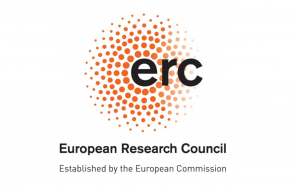DART, the first planetary defence mission: what happens after the impact?
Following the successful impact of NASA's DART mission on the asteroid Dimorphos, the European Space Agency's (ESA) HERA mission, in which Sébastien Charnoz, professor at Université Paris Cité and astrophysicist at the IPGP, is participating, will leave in 2024 to determine the precise effect of this impact on the asteroid pair and their orbits.

Latest news









